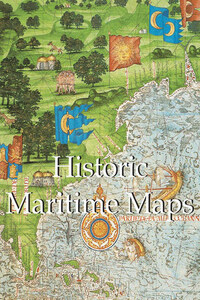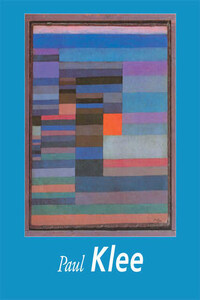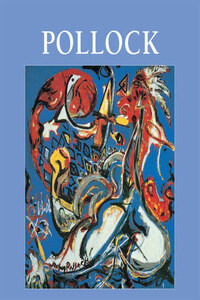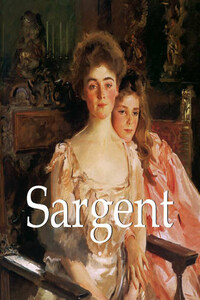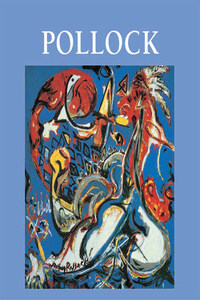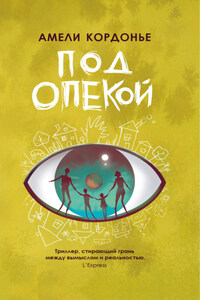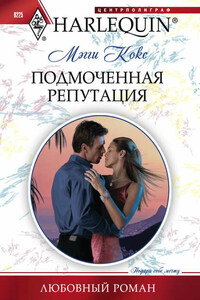The Beautiful – and Dangerous
Intense interest in the opium clipper, The Frolic, started in 1984, with a surprising discovery in the Redwood Forest of California, off the coast of northern California at Mendocina. Pieces of Chinese ceramics which had been shaped into arrowheads by Native Americans were found. The sharpened pieces were discovered among the many boxes of Chinese products from The Frolic that were intended to be sold to ‘the ‘49ers’, those optimistic miners who rushed to California seeking gold in the mid-19th century.
Male Figure Holding a Poppy Plant
Neo-Assyrian period
Alabaster panel with relief, 110 × 52 × 28 cm
Musée du Louvre, Paris
The clipper had spent its previous six years smuggling North Indian opium from Bombay into China. The Baltimore-built ship was designed to be exceptionally fast. It could do an amazing fourteen to fifteen knots, making it capable of escaping the best of Chinese vessels. The Frolic was the last of the ships out of Baltimore that embarrassed the slower British ships during the War of 1812.
The ‘Glorification’ of an Opium Flower
Fragment of a Greek funeral pillar
c. 470–460 BCE
Marble, 56.5 × 67 × 14 cm
Musée du Louvre, Paris
Driving along the California coast today, thrill seekers might enjoy finding poppies growing wild. What could be more exciting than to find something that could produce the miraculous drug that is praised by scholars and poets, physicians and hedonists throughout history? It could be like the excitement Native Americans probably experienced 150 years ago when they found the treasure from The Frolic.
Opium Poppy
Jacques Le Moyne de Morgues, c. 1575
Watercolour and bodycolour, 27.4 × 19.3 cm
Victoria and Albert Museum, London
Opium has definitely been shown to relieve pain, reduce hunger and thirst, induce restful sleep, and reduce anxiety. However, like other great gifts to mankind, opium can either be of great benefit or be fatal, depending on how, when, and why people use it.
Opium Poppy (Papaver somniferum, three varieties) and Field Poppy (Papaver rhoeas)
16th century
Watercolour
Theodorus Clutius Collection
The California dreamers who pick up wild poppies from the side of the road will be brought back to reality after a little research. They will discover that the so-called California poppy (Eschscholtzia californica) is in fact a wildflower in the buttercup family. It produces no capsule and therefore is not actually a member of the poppy family, albeit at first glance it certainly looks like its capsule-bearing cousin.
Red Horned Poppy (Glaucium corniculatum)
16th century
Watercolour
Theodorus Clutius Collection
Obviously some basic facts and an appreciation about the poppy and opium are needed, even though surely most people have learned some basics already from everyday pop culture. It is almost impossible to watch recent mainstream movies or read pulp fiction without learning that opium is a narcotic drug. When it was studied more closely, researchers learned that opium is obtained from the juice of the immature fruits of the Oriental poppy. Careful observers will notice that typical opium poppies have four petals in white, violet, pink, or red. They surround a star-shaped stigma from which at least five and up to sixteen ‘rays’ fan out. A single pistil (containing from 150 to 200 stamens) is surrounded by five concentric circles. Fertilisation produces from 800 to 2,000 seeds.

